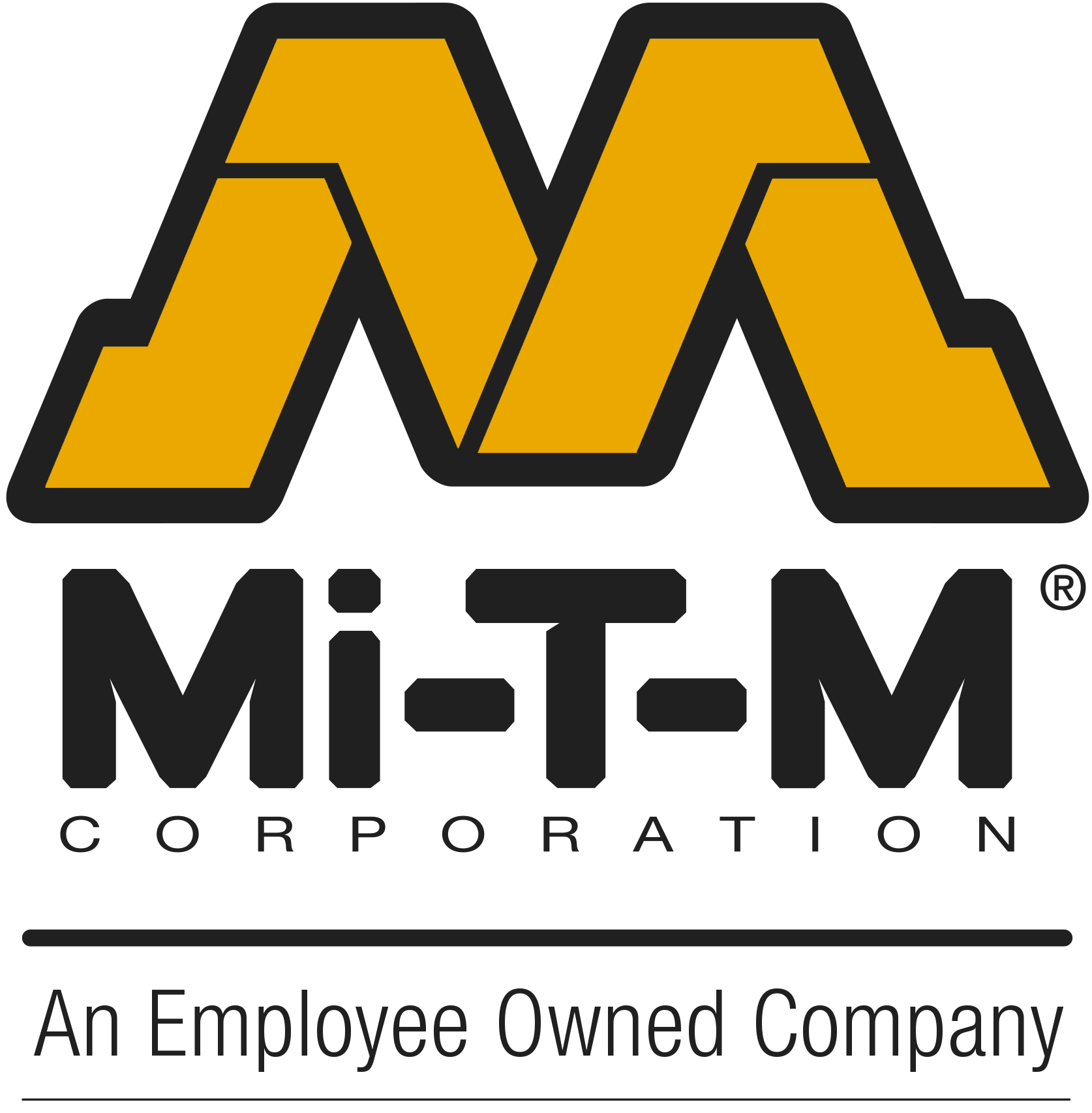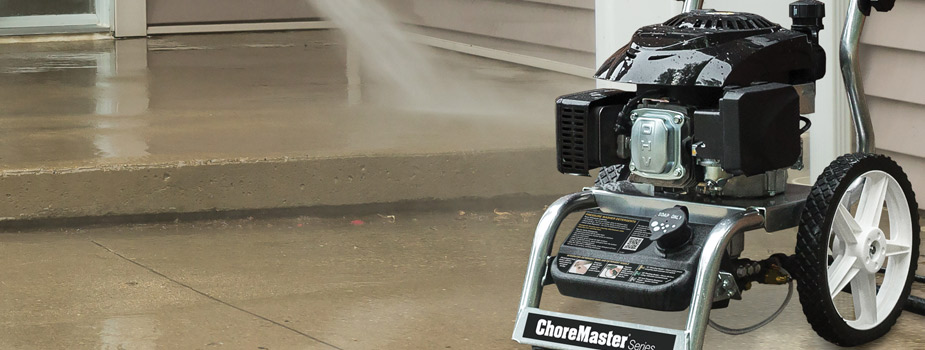
Pressure washing or power washing is the growing practice of cleaning using high pressure water spraying. The high pressure water spraying is achieved by specially designed pumps. This type of cleaning is many times more powerful than the pressure that comes out of a typical garden hose. If you choose to use on concrete it removes mold and mildew, bubble gum, and other dirt stains. Also, pressure washing can make wooden decks look like new. Pressure washers are also commonly used by homeowners to improve the appearance of aluminum or vinyl siding by removing pollution, mildew, and other signs of neglect.
When choosing a pressure washer, your application will play a major factor in whether you need a hot or cold water pressure washer. Cold water pressure washers are ideal for removing dirt on most any surface. Additional accessories like, high pressure nozzles or rotating brushes, work with cold water pressure washers to increase the cleaning power and decrease your cleaning time.
However, if you are cleaning surfaces that have grease or oil on them, hot water is a must. You wouldn't think of washing your greasy hands with cold water and the same applies to pressure washing. If you operate cold water equipment more than a few hours a week, you should consider the labor savings you could realize by switching to a hot water pressure washer.
Belt driven pressure washer are most commonly found on commercial/industrial style pressure washers. A belt driven pump is ideal for cleaning applications that require more than 20+ hours per week. On a belt driven unit, the high-pressure pump spins at a less RPM reducing the heat and vibration, which in turn, minimizes the wear and tear on the internal parts of the pump and leads to longer life.
If you will be using your pressure washer less than 20 hours a week, a direct drive may be better suited for your application. Direct drive units turn about twice the RPM as a belt driven unit. These units are usually more compact and easier to transport. They also typically are more cost effective.
Gas or electric is completely up to the consumer. There are pros and cons to both.
Electric is safe to use indoors because you don't have harmful fumes. Electric motors are usually quieter and require less maintenance than a gas engine. Also, with an electric motor you do not have to have gas on hand and you do not need to fight the rising cost of fuel prices.
With a gas pressure washer you have a couple of different choices when selecting an engine. Also, gas engines don't require a power cord which in turn allows more portability.
PSI and GPM are both equally important when choosing a pressure washer. The PSI refers to the amount of pressure and GPM refers to the flow. You must have the correct combination of PSI and GPM to have the most ideal pressure washing system for your needs.
To clean effectively, a pressure washer must provide a "stripping" action to scrub off the dirt and "flow" to move the dirt away. Think of the pressure (PSI) as the stripping force that is applied to the surface you are cleaning and the flow (GPM) as the rinsing power that carries the dirt away.
PSI (Pounds per Square Inch) refers to the amount of cleaning pressure that the unit can produce.
GPM (Gallons per Minute) is the amount of water that is coming from the unit.
Cleaning Units (CU) is the result of multiplying the PSI by the GPM. Cleaning units gives the customer a measure of unit performance (efficiency) to compare one unit to another. Cleaning units is calculated by multiplying PSI and GPM.
For example:
- A pressure washer with 3000 PSI and 2.0 GPM has 6000 Cleaning Units
- A pressure washer with 2000 PSI and 3.0 GPM also has 6000 Cleaning Units but the rinsing power is greater than the stripping power.
GPM is usually more important to contractors than PSI. Since most contractors use cleaning chemicals to do all of the cleaning, their job becomes one primarily of rinsing the dirt away.
Clean large, flat surfaces faster and easier than with a standard cleaning nozzle. The Mi‑T‑M rotary surface cleaners come in three different diameters, 18", 20" and 28". Each is equipped with a heavy duty nylon brush to eliminate overspray and maintain the distance between the nozzles and the cleaning surface. This combination ensures a balanced and even cleaning pattern.
Rotating nozzles increase your cleaning power and decrease your cleaning time. Rotating nozzles offer spray impact with 25-degree coverage. Mi‑T‑M Nozzles include a filter, to protect the nozzle from becoming clogged with debris, a quick connect and heavy-duty components for long life and reliability. Rotating nozzles can be used on sidewalks, driveways, track vehicles, muddy areas, old peeling paints and concrete surfaces.
Mi‑T‑M Detergents are environmentally friendly, can be used indoors, and are biodegradable. We offer 3 types of detergents: Deck & House Wash, All Purpose Cleaner, Heavy-Duty Degreaser. All are available in 1 gallon, 5 gallon, and 55 gallon drums.
Hose reels are convenient for the storage of hoses and can be mounted directly on pressure washer frames or attached to a wall bracket. Several sizes are available.
Clean hard to reach places such as home exterior and gutter, farm equipment and multi-story buildings by using telescopic extended reach wands. Mi‑T‑M has several lengths to choose from.
Wet sand blasting is an efficient and dust free method in removing coatings from steel and concrete surfaces such as rust, paint, and graffiti.
Click here to see more pressure washer accessories »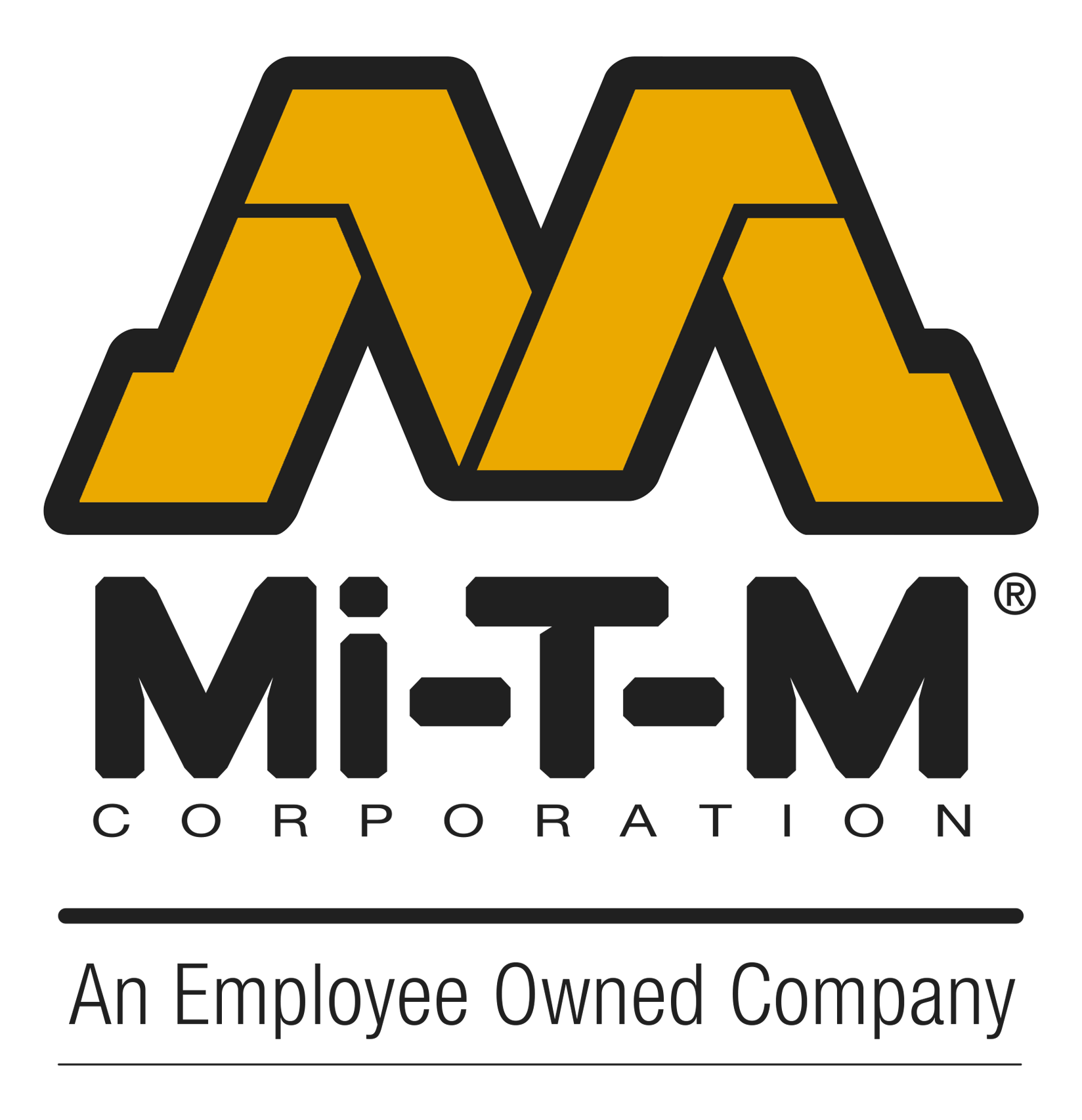



 Latest Equipment
Latest Equipment
 Accessories
Accessories
 Pressure Washers
Pressure Washers
 Air Compressors
Air Compressors
 Generators
Generators
 Air Compressor Generators
Air Compressor Generators
 Air Compressor / Generator / Welders
Air Compressor / Generator / Welders
 Portable Heaters
Portable Heaters
 Water Treatment Systems
Water Treatment Systems
 Trailers
Trailers
 Water Pumps
Water Pumps
 Wet / Dry Vacuums
Wet / Dry Vacuums
 All Residential Products
All Residential Products
 All Commercial Products
All Commercial Products
 Pressure Washers
Pressure Washers
 Generators
Generators
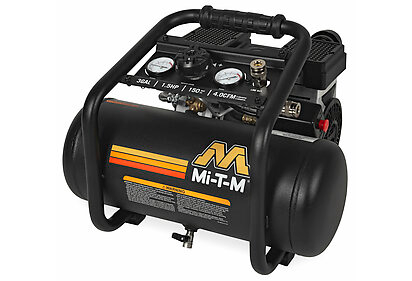 Air Compressors
Air Compressors
 Custom Fire Pits
Custom Fire Pits
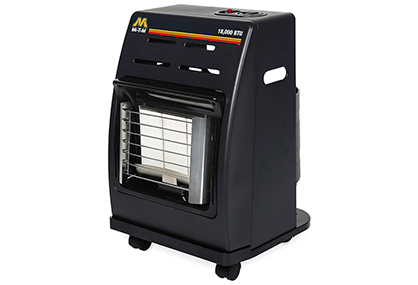 Portable Heaters
Portable Heaters
